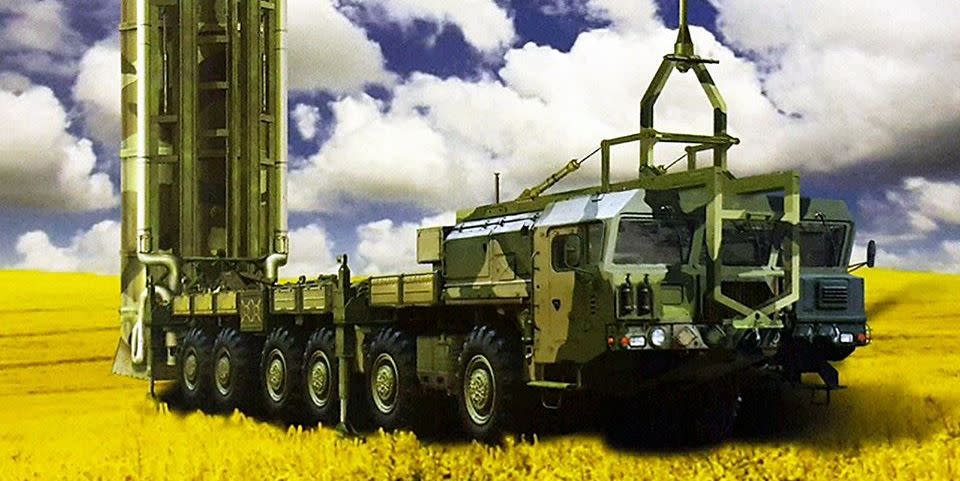Meet Russia's Imposing New Satellite-Destroying Missile

Russia carried out the eighth test of the PL-19 Nudol anti-satellite missile system.
Nudol is descended from missile interceptors designed to protect Moscow.
The mobile system can reach out and destroy satellites in low earth orbit from Russian territory.
Russia has carried out another test of its PL-19 Nudol missile. The Nudol is an anti-ballistic missile interceptor that also functions as an anti-satellite weapon. The system ordinarily protects Moscow from missile attack but also doubles as a satellite killer capable of reaching up and shooting down satellites in low-Earth orbit.
The missile, according to the Russian Strategic Forces Blog, was launched on April 15th from the Plesetsk Cosmodrome in Russia. The missile traveled 3,000 kilometers and splashed down in the Laptev Sea. Observers of Russian military activities were tipped off to the coming test on April 11 when Russia issued a Notice to Airmen (NOTAM) warning of “Hazardous Operations, Rocket Launching” in the splashdown area in the Laptev Sea.
Launch from Plesetsk, "Nudol" maybe?@LaunchStuff @anik1982space pic.twitter.com/HzmXVGO6Zx
— Evgeniy Maksimov (@PararamTadam) April 11, 2020
NOTAMs are issued for a variety of reasons but particularly for military activities that could potentially interfere with aerial traffic.
The test was the eighth Nudol test since 2014. The first two tests, according to the Secure World Foundation’s Global Counterspace Report, failed but the last six tests are considered to have been successful.
Nudol is developed and manufactured by Russian defense contractor Almaz Antey, which specializes in long range missiles. The weapon was developed from the A-235 anti-ballistic missile system designed to protect Moscow from nuclear attack. The A-235 was designed to destroy incoming missile warheads at very high altitudes, near if not in low-Earth orbit. A system capable of engaging such warheads could also intercept satellites, so Russia simply built both capabilities into a single missile. These types of anti-satellite weapons are known as direct ascent anti-satellite (DA-ASAT) weapons.
Russia isn’t the only country with DA-ASAT weapons. The United States’ SM-3 series of ballistic missile interceptors and ground based interceptors are all designed to destroy incoming missile warheads in low-Earth orbit, making some anti-satellite capability certain if not likely.
In 2008, the guided missile cruiser USS Lake Erie destroyed a failing National Reconnaissance Office spy satellite in low earth orbit. The operation, code-named Burnt Frost, required reprogramming the SM-3 missile to engage the fast-moving satellite, orbiting the earth at 130 miles. The SM-3 is based on U.S. Navy cruisers and destroyers, giving it a global reach, while the Ground Based Interceptor is stored in silos in Alaska and California.
Source: C4ISRNet
You Might Also Like
